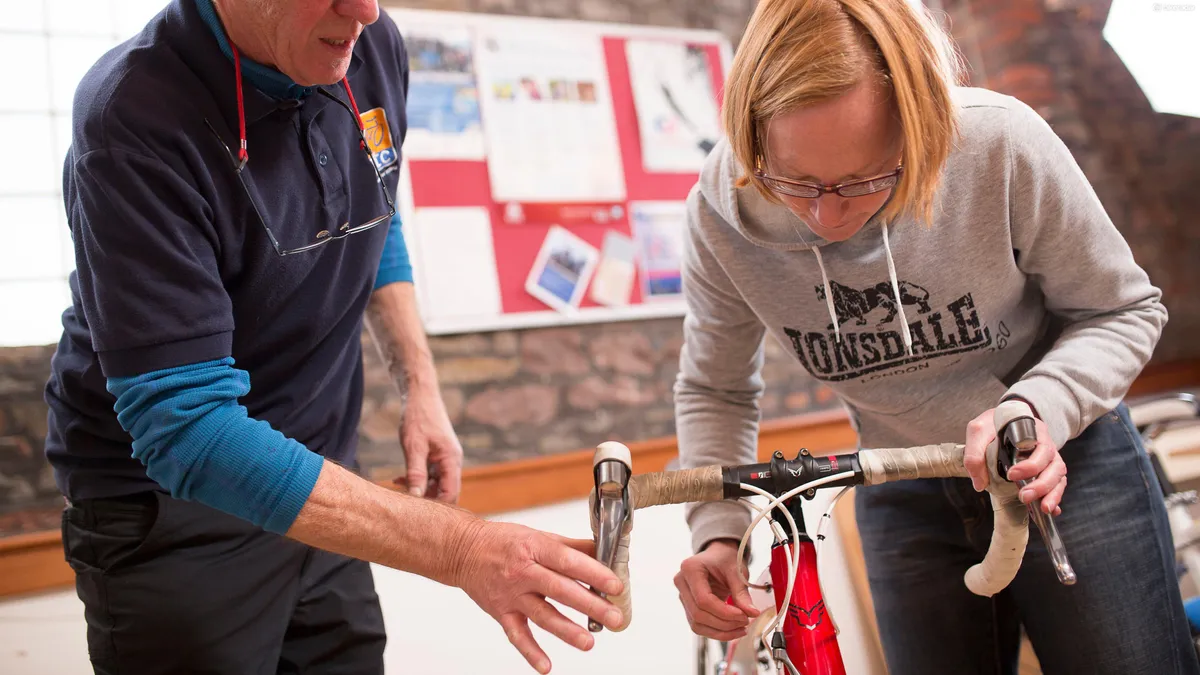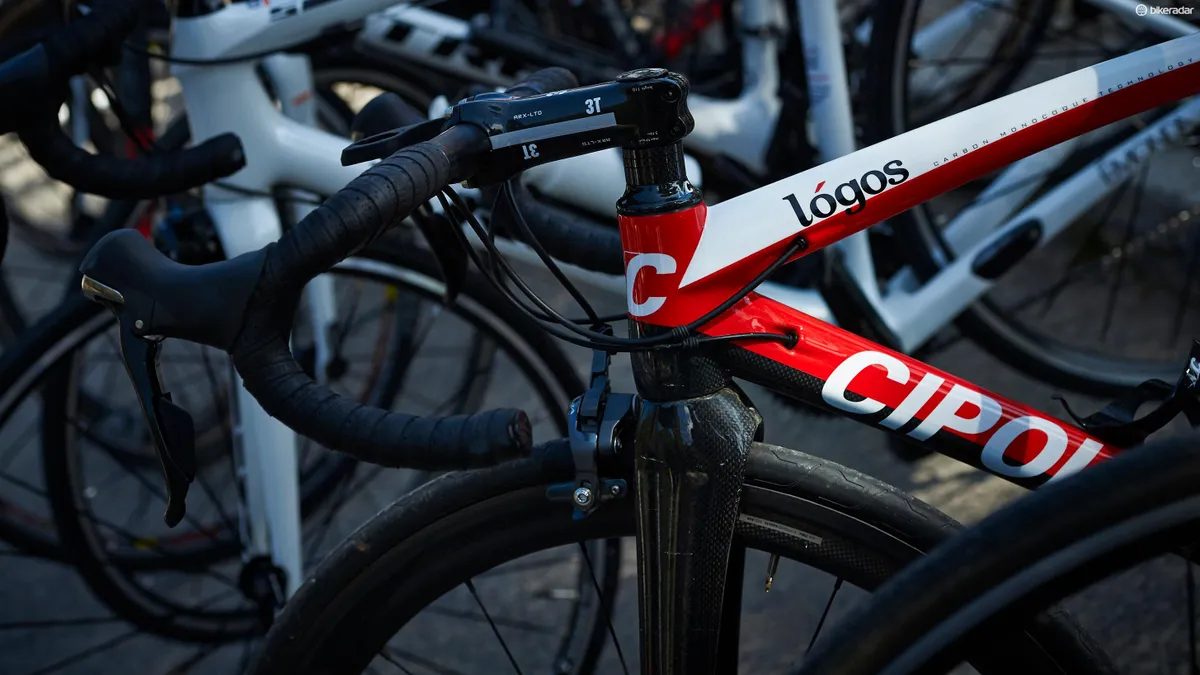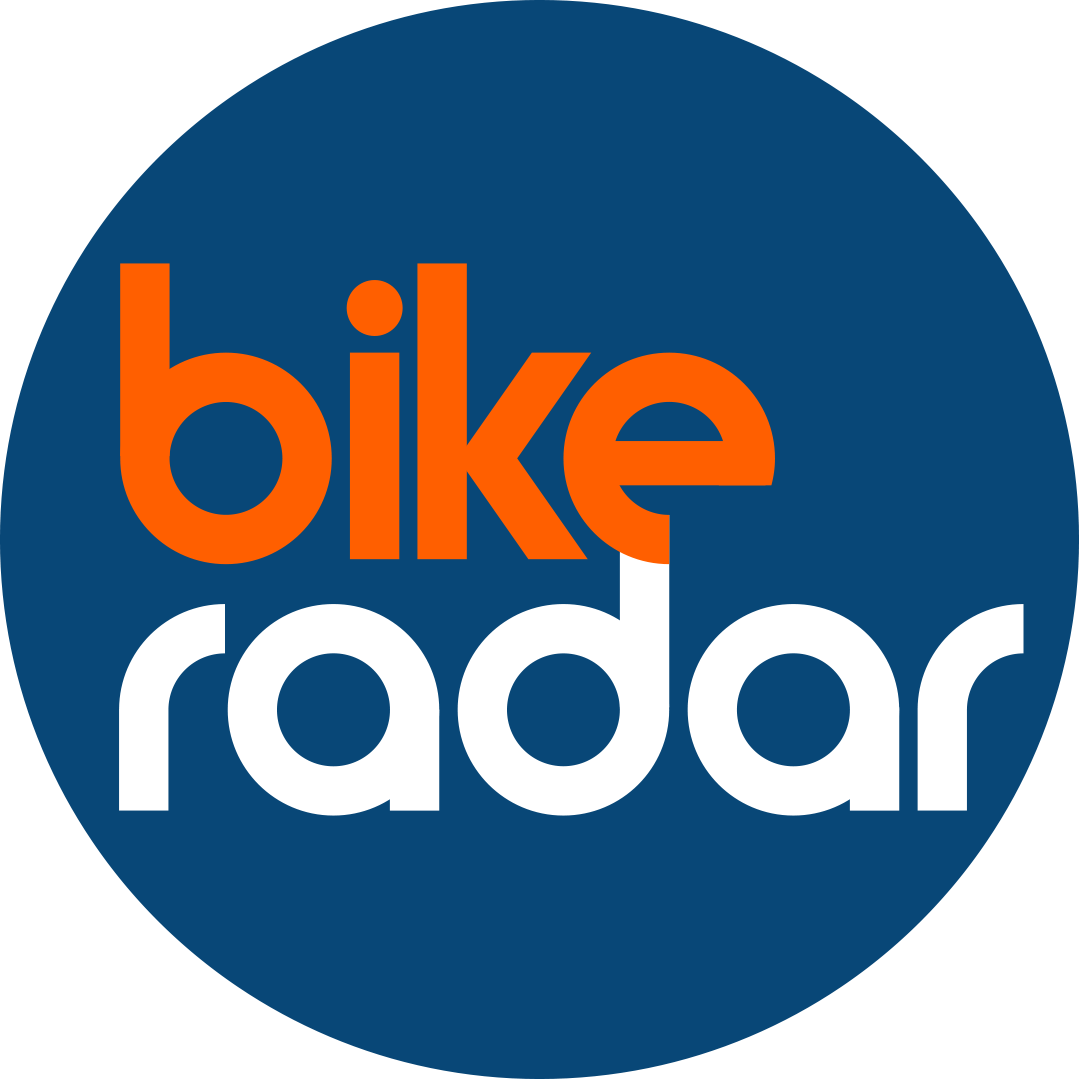Whether you're thinking of buying a new bike, or simply want to make the one you've got fit better, there are some straightforward tweaks you can make to transform a unisex bike into a female-friendly ride.
Female cyclists have more choice than ever when it comes to buying a road or mountain bike, with increasing options aimed at women. There’s no one 'correct' definition of a female-specific ride, but the main difference between women’s and unisex bikes is the geometry, as British Cycling’s Neil Atkinson explains.
“Whether mountain or road, a woman’s bike has a dedicated frame geometry more suited to what manufacturers believe to be the generic ‘short body and arms with longer legs’ female body shape,” he says. “This means a shorter top tube, steeper seat angle and a shorter stem – all of which reduce the length of the frame and result in a less stretched out fit. Components such as handlebars, cranks and even wheels can also be scaled down to accommodate more petite riders.”
Should I go for a unisex or women's specific bike?
However, just because a bike is tagged as being for a woman doesn’t mean it’ll be right for you. After all, not all women are made the same. You may find a unisex bike more suitable, especially, says Atkinson, if you’re a taller rider or, given the more upright riding position of many female-specific bikes, want a more aggressive or race fit.
Louisa Edmonston, bike fitter and physio for the New Zealand triathlon squad, says the key to a correct bike setup is having the right size frame, regardless of which gender the bike is aimed at. “After that there are many adjustments that can be made to the size and length of the components to fit the bike and rider together,” she advises.
Atkinson strongly recommends a professional bike fit, but says when trying unisex bikes it’s important you don’t feel overly stretched, even when the saddle height can be correctly set. “This can lead to a number of issues including lower back pain, reduced power output and poor handling.” He also warns that simply scaling down a unisex frame can lead to problems with toe overlap. “This is where the rider’s foot, at the foremost position of the pedal stroke, clips the front wheel,” he explains.
Other common issues women have with unisex bikes include uncomfortable saddles and difficulty reaching the brake levers because of having smaller hands. But, as Edmonston says, you can take any frame that’s the right size and fine tune the details. So if you’re buying a unisex bike or want to tweak one you already own, here are six simple changes Atkinson and Edmonston recommend to increase your cycling enjoyment…
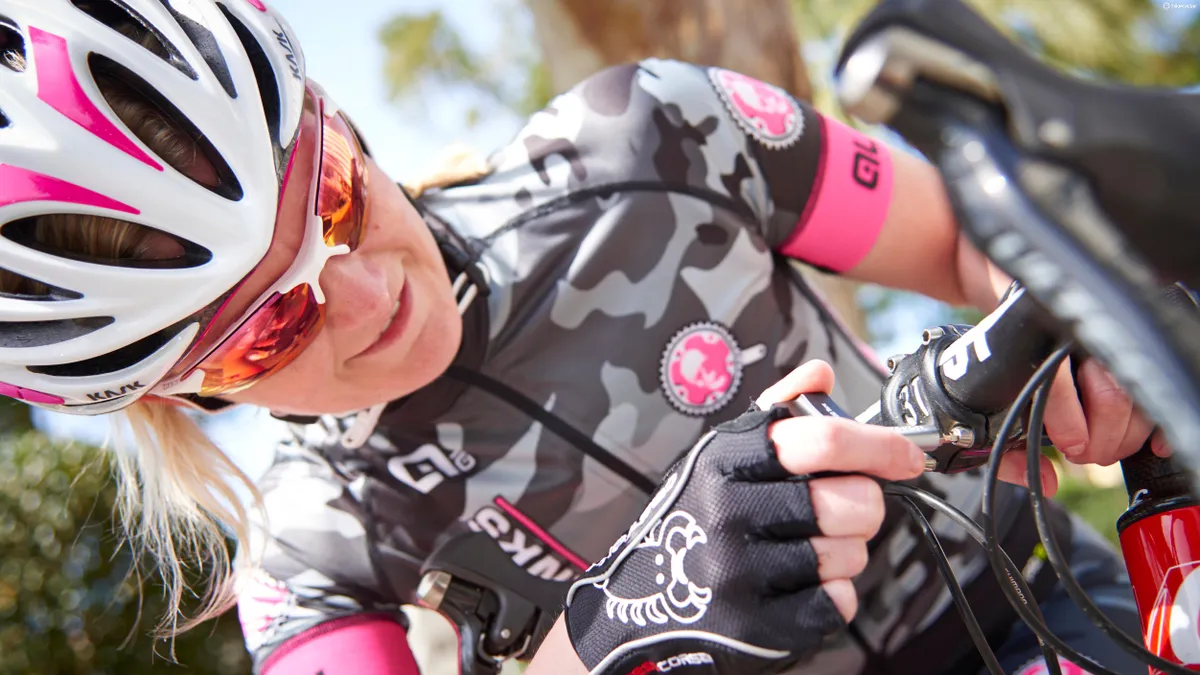
Many of these tweaks are easy to do yourself
1. Fit a women's-specific saddle
Many women suffer from saddle soreness. “This was such an issue with the GB women’s track squad in the build up to the London 2012 Olympics that custom saddles were developed for the riders,” says Atkinson – so you could switch to a female-specific saddle. Discomfort can mean very painful rides, continual shifting of your position and an inability to sustain power.
Consider split-nosed designs but try a few different ones, as it’s a case of trial and error.More and more companies offer demo saddles or trial periods, so you can test a saddle out to make sure it’s the right one for you.
2. Change or reverse the seatpost
A set-back seat post can be reversed to effectively steepen the seat angle and shorten the reach of the bike. Be aware though that this will move you forward relative to the bottom bracket and could put you in a position that may potentially have a negative impact on your pedal stroke, or be stressful on your knees.
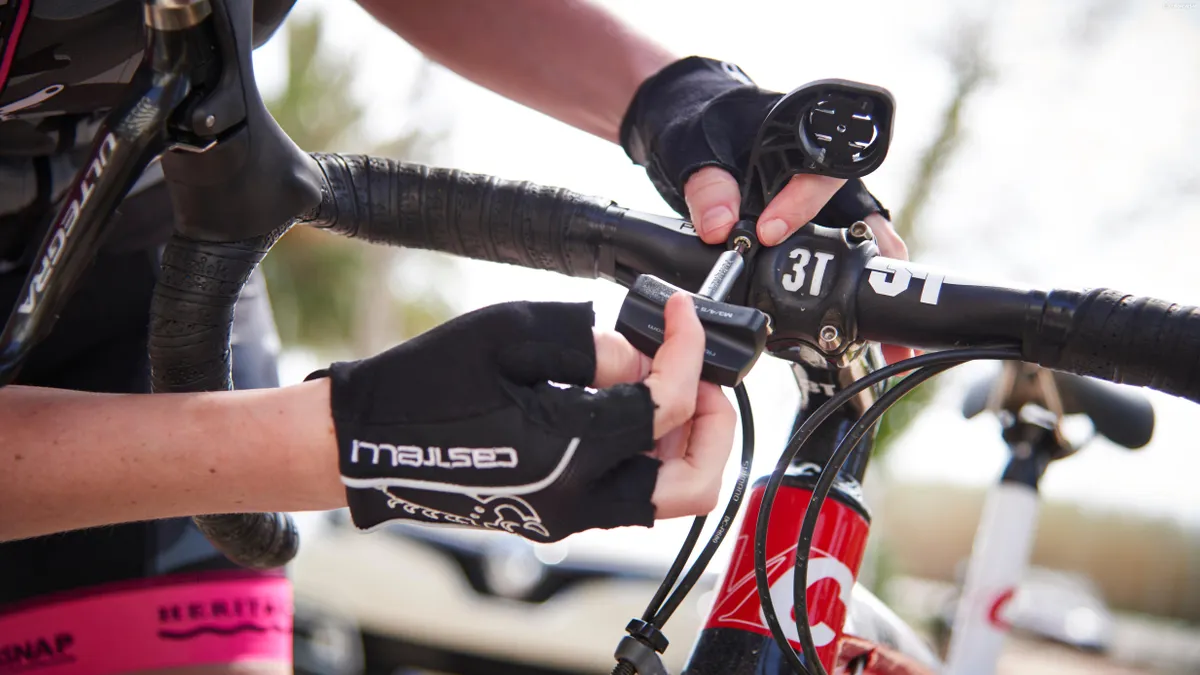
A shorter stem reduces the reach, and can reduce the chances of developing back pain through stretching too far forward
3. Swap in a shorter stem
If you do need to reduce the reach on your bike, fitting a shorter stem is a quick and relatively inexpensive fix. Super-short stems are very on-trend for mountain bikes, but for road bikes going much below 80mm can make the handling too twitchy.
4. Check your handlebar width
Check your handlebars aren’t too wide. Mountain bike bars are getting wider and wider and, although more width can improve handling, you can go too far. If you adopt a 90-degree arm bend (bottom of the press-up position), from head on, your elbows should be slightly wider than your hands. On the road, a good starting point is to measure between the two bony protrusions on the front of your shoulders and then add a couple of cm, to allow for your arms naturally spreading out.
You can get handlebars with a narrower gauge for both road and mountain bikes, which can be more comfortable to grip for smaller hands. There are also road handlebar options that have a more compact fit, which less distance to the drop position.
5. Switch to shorter cranks
Fitting shorter cranks can be a solution to toe overlap, where your toes can catch on the front wheel. Also, if you are a smaller rider, you may find shorter cranks easier to turn, less stressful on your knees and allow you to maintain a more efficient cadence.
6. Decrease the reach to the brake and gear levers
Many women find they have to stretch their hands to reach the brake and gear levers on their bikes. This can cause discomfort, and can also mean the rider has less control.
On road bikes, some Shimano STI gear and brake levers offer adjustable reach. You can also get shims to achieve the same thing on other brakes, which insert into the top of the lever to bring it closer to the bars.
Many mountain bike levers allow you to adjust the reach simply, and you can shift the position of the shifters and brake levers on your bars to make them more comfortable to use.
Not sure what size bike to go for? Our simple video guide can help!
null
